万万没想到(残奥会存在的意义是什么?)
残奥会是独立个体,是一个舞台。
这里有一个误区,很多人以为奥运会和残奥会是一体,然后再分类,其实并不是这样。
残奥会的名称就很好的解释了这种疑问,The word “Paralympic” derives from the Greek preposition “para” (beside or alongside) and the word “Olympic”.
“残奥会Paralympic”一词,由希腊介词“para”(表示旁边或旁边)和“Olympic”组成。其实这是两个平行的,独立的活动。
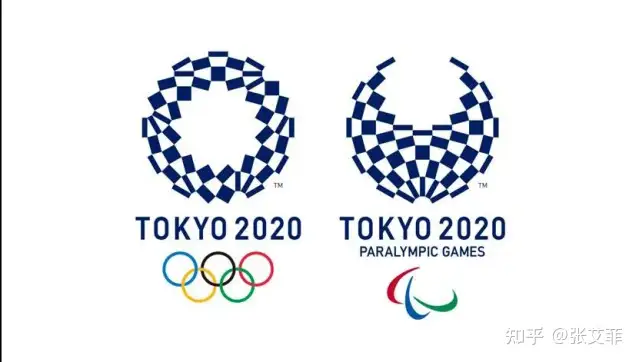
重要的价值:平等。
奥运会和残奥会的历史完全不同,存在的目的也不同。其中残奥会价值中重要的一条是:平等。
“EQUALITY: Through sport, Para athletes celebrate diversity and show that difference is a strength. As pioneers for inclusion, they challenge stereotypes, transform attitudes and break down social barriers and discrimination towards persons with disabilities.
平等:通过体育,残奥会运动员推崇多样性,展现差异也是一种力量。作为包容的先驱者们,他们挑战陈旧观念,转变他人态度,打破对残疾人的社会障碍和歧视。”
要了解残奥会的意义不难,它出现的历史背景就是最好的答案,我们一起来看。
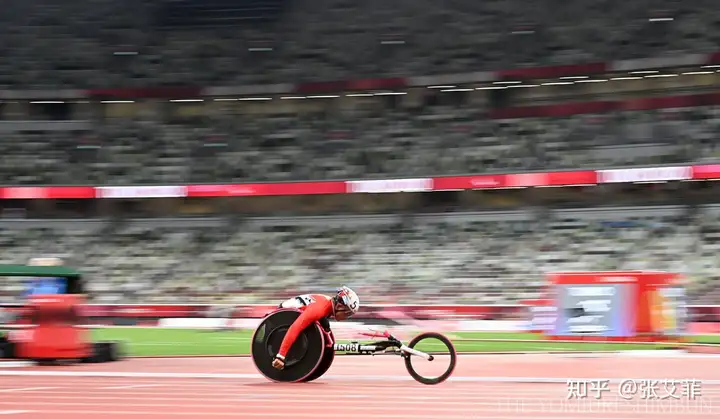
残奥会怎么开始的?
Sport for athletes with an impairment has existed for more than 100 years, and the first sport clubs for the deaf were already in existence in 1888 in Berlin.
残疾人体育运动已经存在了100多年,第一批聋人体育俱乐部早在1888年于柏林成立。
It was not until after World War II however, that it was widely introduced. The purpose of it at that time was to assist the large number of war veterans and civilians who had been injured during wartime.
然而残疾人运动的方式,直到第二次世界大战之后,才被广泛采用。当时的目的是帮助大量在战争期间受伤的退伍军人和平民复健。
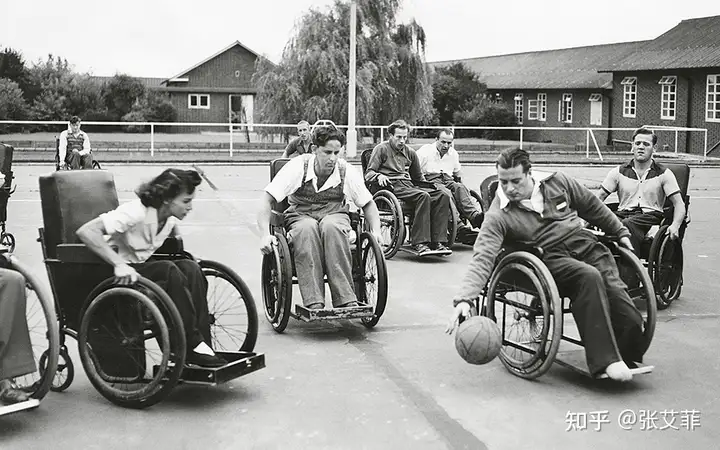
In 1944, at the request of the British Government, Dr. Ludwig Guttmann opened a spinal injuries centre at the Stoke Mandeville Hospital in Great Britain, and in time, rehabilitation sport evolved to recreational sport and then to competitive sport.
1944年,应英国政府的要求,路德维希·古特曼博士在英国斯托克曼德维尔医院,开设了一家脊柱损伤中心,原本的康复运动逐渐演变为娱乐运动,然后演变为竞技运动。
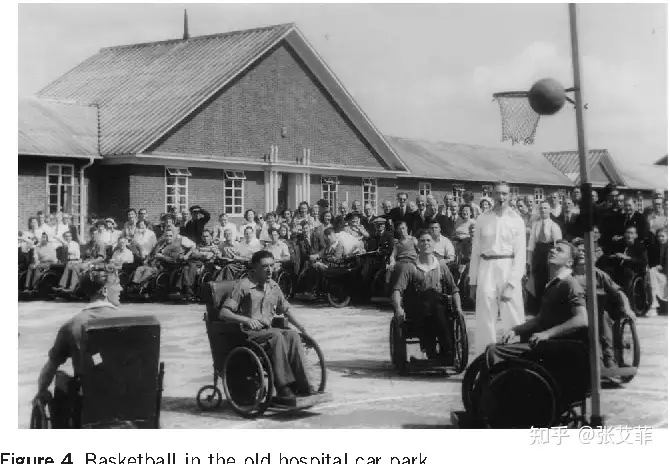
On 29 July 1948, the day of the Opening Ceremony of the London 1948 Olympic Games, Dr. Guttmann organised the first competition for wheelchair athletes which he named the Stoke Mandeville Games, a milestone in Paralympic history. They involved 16 injured servicemen and women who took part in archery.
在1948年7月29日,伦敦奥运会开幕式当天,古特曼博士组织了第一次轮椅运动员比赛,他将其命名为Stoke Mandeville运动会,这是残奥会历史上的一个里程碑。当年共有16名受伤军人和女性参加射箭运动。
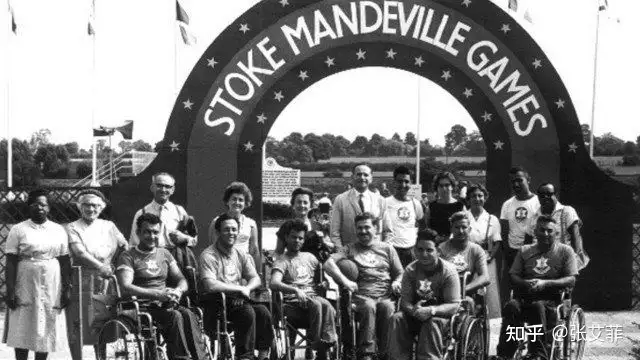
In 1952, Dutch ex-servicemen joined the Movement and the International Stoke Mandeville Games were founded.
1952年,荷兰退役军人也加入了该运动,国际Stoke Mandeville运动会成立。
FIRST PARALYMPIC GAMES
第一届残疾人运动会
The Stoke Mandeville Games later became the Paralympic Games which first took place in Rome, Italy, in 1960 featuring 400 athletes from 23 countries. Since then they have taken place every four years.
Stoke Mandeville运动会后来成为残奥会,于1960年首次在意大利罗马举行,有来自23个国家的400名运动员参加。从那时起,每四年举行一次。
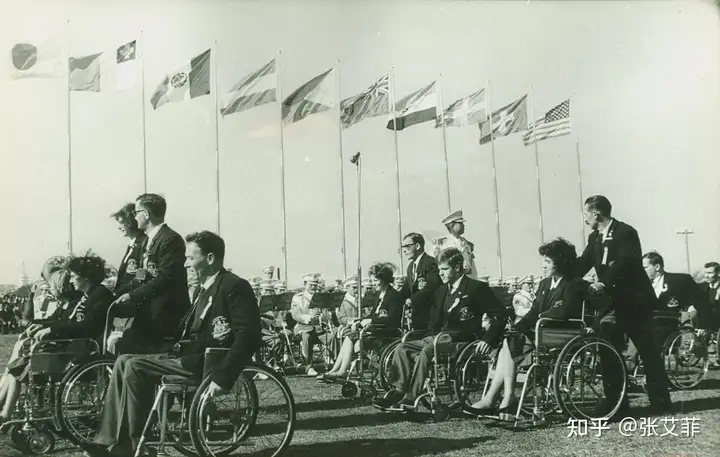
In 1976 the first Winter Games in Paralympics history were held in Sweden, and as with the Summer Games, have taken place every four years, and include a Paralympics Opening Ceremony and Paralympics Closing Ceremony.
1976年,残奥会历史上第一届冬季运动会在瑞典举行,与夏季运动会一样,每四年举行一次,包括残奥会开幕式和残奥会闭幕式。
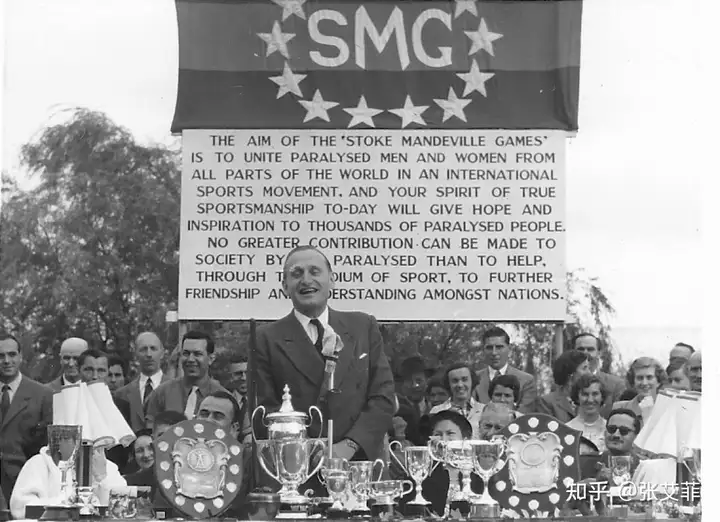
Since the Summer Games of Seoul, Korea in 1988 and the Winter Games in Albertville, France in 1992 the Games have also taken part in the same cities and venues as the Olympics due to an agreement between the IPC and IOC.
从1988年韩国汉城夏季奥运会,和1992年法国阿尔伯特维尔冬季奥运会以来,由于国际残奥会和国际奥委会达成协议,残奥会与奥运会确认在相同的城市和场馆举行。
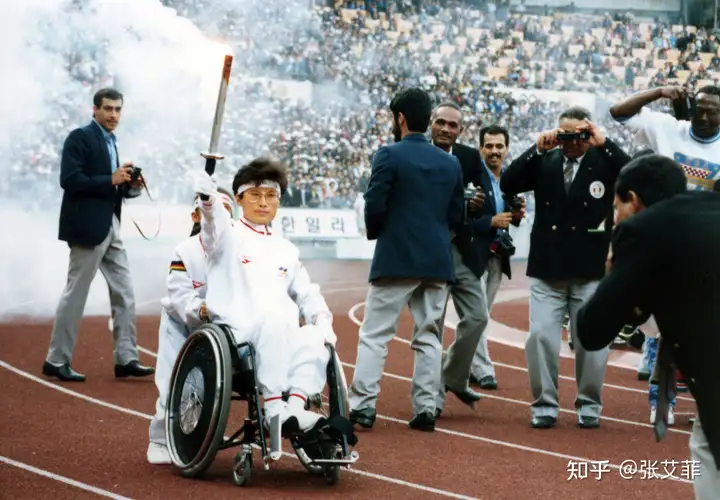
GROWTH OF THE PARALYMPIC FAMILY
残奥大家庭的成长
Also in 1960, under the aegis of the World Federation of ex-servicemen, an International Working Group on Sport for the Disabled was set up to study the problems of sport for persons with an impairment. It resulted in the creation, in 1964, of the International Sport Organisation for the Disabled (ISOD) who offered opportunities for those athletes who could not affiliate to the International Stoke Mandeville Games: vision impaired, amputees, persons with cerebral palsy and paraplegics.
同样在1960年,在世界退役军人联合会的主持下,成立了残疾人体育国际工作组,以研究残疾人体育问题。1964年,国际残疾人体育组织(ISOD)成立,为不能参加Stoke Mandeville国际运动会的运动员提供机会,包括视力受损、截肢、脑瘫和截瘫患者。

At the start, 16 countries were affiliated to ISOD and the organisation pushed very hard to include blind and amputee athletes into the Toronto 1976 Paralympics and athletes with cerebral palsy in 1980 in Arnhem. Its aim was to embrace all impairments in the future and to act as a Co-coordinating Committee. Nevertheless, other disability-orientated international organisations such as the Cerebral Palsy International Sports and Recreation Association (CPISRA) and International Blind Sports Federation (IBSA) were founded in 1978 and 1980.
起初,有16个国家加入了ISOD,该组织非常努力地将盲人和截肢运动员纳入1976年多伦多残奥会,并于1980年在阿纳姆,将患有脑瘫的运动员纳入其中。这个组织的目的,是在将来接受所有的身障人士,并充当一个共同协调委员会。不过,1978年和1980年成立了其他,以残疾为导向的国际组织,如国际脑瘫体育和娱乐协会(CPISRA)和国际盲人体育联合会(IBSA)。
The four international organizations experienced the need of co-ordinating the Games so they created the "International Co-coordinating Committee Sports for the Disabled in the World" (ICC) in 1982.
这四个国际组织经历了协调奥运会的需要,为了更好的运作,因此在1982年成立了“世界残疾人体育国际协调委员会”(ICC)。
The International Committee of Sport for the Deaf (CISS) and International Sports Federations for Persons with an Intellectual Disability (INAS-FID) joined in 1986, but the deaf still maintained their own organisation. However, the member nations demanded more national and regional representation in the organisation.
国际聋人体育委员会(CISS)和国际智障人士体育联合会(INAS-FID)于1986年加入,但聋人仍然保持自己的组织。然而,成员国要求在该组织中,有更多的国家和地区代表。
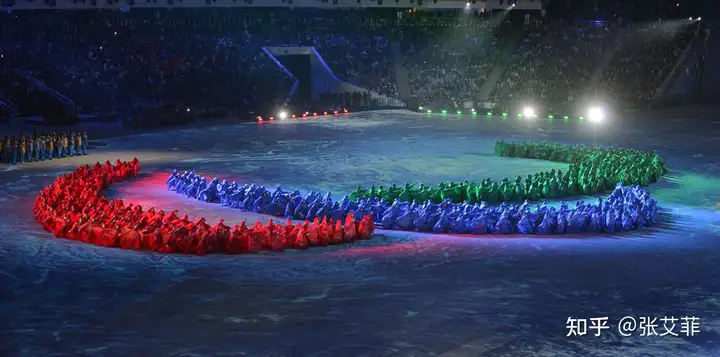
INTERNATIONAL PARALYMPIC COMMITTEE IS BORN
国际残奥会委员会诞生
Finally, on 22 September 1989, the International Paralympic Committee was founded as an international non-profit organisation in Dusseldorf, Germany, to act as the global governing body of the Paralympic Movement.
最后,在1989年9月22日,国际残奥会委员会在德国杜塞尔多夫,作为一个国际非营利组织成立,作为残奥会运动的全球管理机构运作。
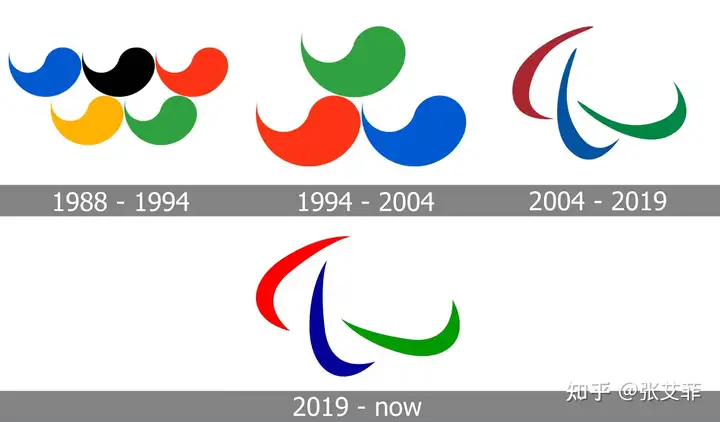
The word “Paralympic” derives from the Greek preposition “para” (beside or alongside) and the word “Olympic”.
“残奥会Paralympic”一词,由希腊介词“para”(表示旁边或旁边)和“Olympic”组成。
Its meaning is that Paralympics are the parallel Games to the Olympics and illustrates how the two movements exist side-by-side.
它的意思是,残奥会是与奥运会平行的运动会,说明了这两个运动是如何并存的。
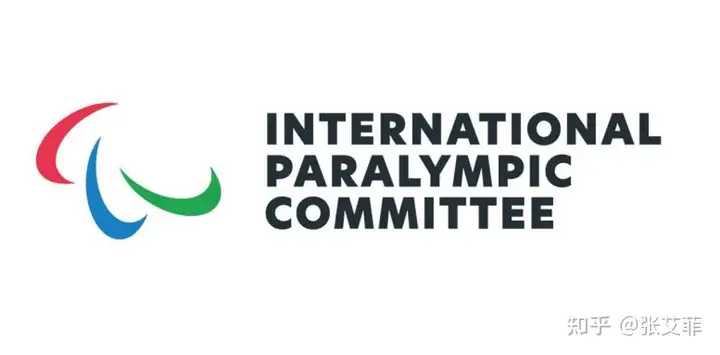
勇气,决心,灵感,平等。
PARALYMPIC VALUES
残奥会价值观
The Paralympic Movement has adopted and follows athlete-focused values, which act as the underlying reference for all those involved in Para sport.
残奥会运动采纳并遵循以运动员为中心的价值观,这些价值观是所有参赛者的基本参考。
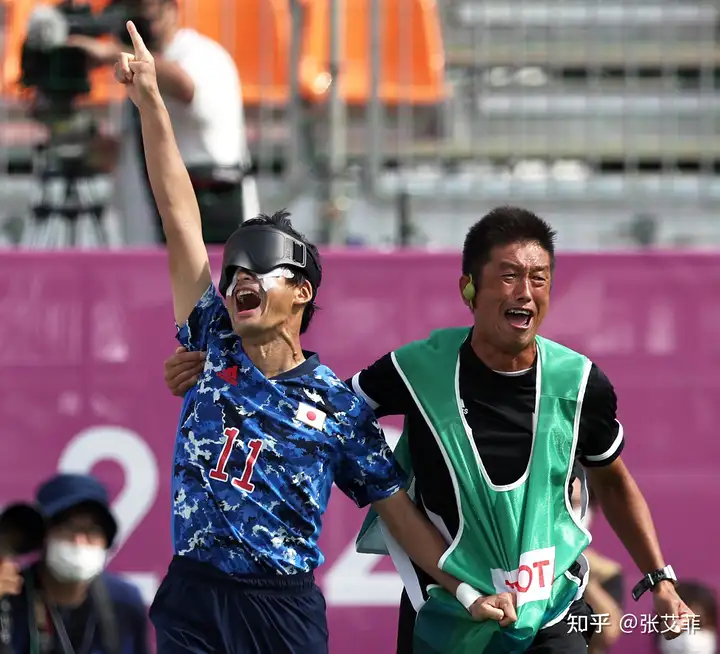
1COURAGE: Para athletes through their performances showcase to the world what can be achieved when testing your body to its absolute limits
1勇气:残奥会运动员通过他们的表现,向世界展示身体达到绝对极限时,所能取得的成就。
2DETERMINATION: Para athletes have a unique strength of character that combines mental toughness, physical ability and outstanding agility to produce sporting performances that regularly redefine the boundaries of possibility
2决心:残奥会运动员具有独特的性格力量,将心理韧性、体能和卓越的敏捷性结合在一起,产生定期重新定义可能性边界的运动表现。
3INSPIRATION: As role models, Para athletes maximise their abilities, empowering and exciting others to be active and participate in sport
4灵感:作为榜样,残奥会运动员最大限度地发挥自己的能力,激励他人积极参与运动中来。
4EQUALITY: Through sport, Para athletes celebrate diversity and show that difference is a strength. As pioneers for inclusion, they challenge stereotypes, transform attitudes and break down social barriers and discrimination towards persons with disabilities.
4平等:通过体育,残奥会运动员推崇多样性,展现差异也是一种力量。作为包容的先驱者们,他们挑战陈旧观念,转变他人态度,打破对残疾人的社会障碍和歧视。

15%是十个亿。
世界上的身障人士人口占比15%,十亿人口,这是非常惊人的数字,
和奥运会的追求力量和速度的极致不同,
残奥会更像是一个舞台,一个机会,
让原本身体层面上受到伤害的人,通过运动的方式,
能在物理和心理层面得到锻炼,提升自信。

在他们所能做到的范围内,追求更快,更高,更强。
但同时他们也深深的感受到,消除歧视任重道远,
2020东京残奥会反复再说的一点就是消除歧视,
歧视是一面高墙,很难短时间击破。

同一个人,有人觉得很可怜,
有人觉得无限可能,甚至会影响到自己,
这种情况出现也是可以预见的。
我在想,如果没有1944年那个鼓励病人运动的古特曼博士,
可能残疾人就得在医院病床上接受现实,
也不会有今天的残奥会,和一段段励志的故事。
中国有句老话,不积跬步无以至千里,
消除歧视,走一小步,是一小步。

本文链接:https://www.yangzhibaike.com/post/10759.html
声明:本站文章来自网络,版权归原作者所有!
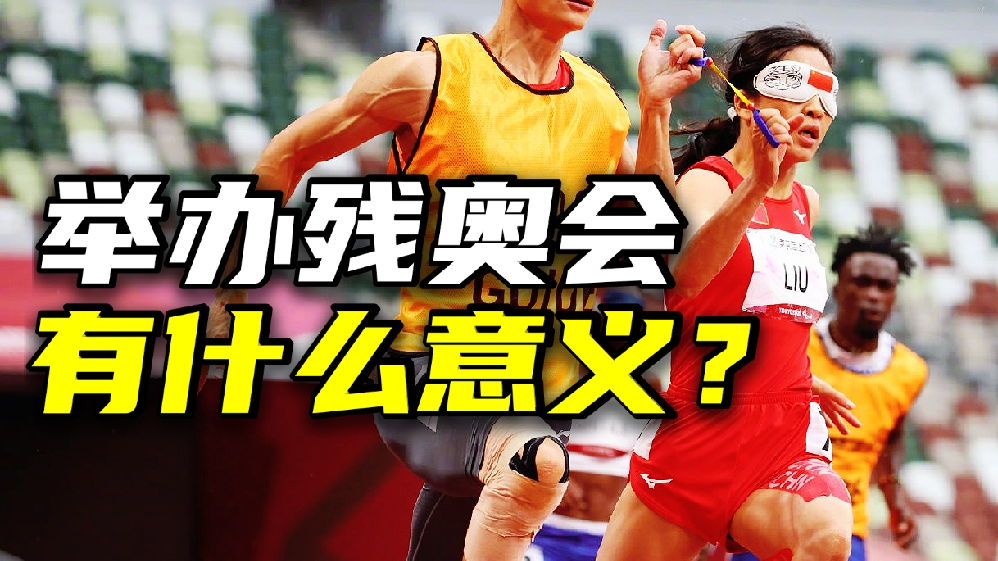
请发表您的评论